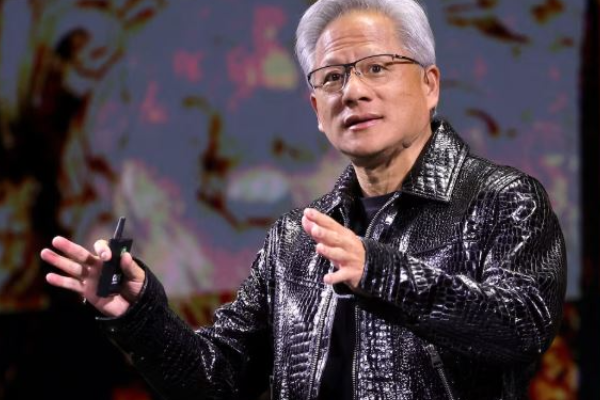
What are the different features of blockchain 1.0, blockchain 2.0 and blockchain 3.0?
Blockchain 1.0, Blockchain 2.0 and Blockchain 3.0 represent different stages of the development of blockchain technology, and they show different characteristics in many aspects.The biggest feature of Blockchain 1.0 is that as the underlyin

What is cryptocurrency? Understand its core definition in one article
Cryptocurrencies like Bitcoin and Ethereum are powered by a technology called blockchain. Basically, a blockchain is a list of transactions that anyone can view and verify. For example, the Bitcoin blockchain contains a record of every time

What is blockchain?
Blockchain is a new application model of computer technologies such as distributed data storage, peer-to-peer transmission, consensus mechanism, and encryption algorithm. It is an important concept of Bitcoin. It is essentially a decentrali

Understand Multi-Party Computation (MPC) and its role in cryptocurrency
Multi-party computation (MPC) is a set of cryptographic protocols designed to enable multiple parties to jointly compute a function without revealing its inputs to each other. In the context of cryptocurrency, MPC is used in conjunction wit

Types of blockchain technology
While each type of blockchain uses a network of computers to run, there are multiple types of blockchains for different industries and use cases. Here are the four main types of blockchain technology, each with its own unique uses depending

Who invented blockchain?
In late 2008, a person or group named Satoshi Nakamoto published a white paper online that explained the principles behind a new digital currency called Bitcoin.Every cryptocurrency since then has been an evolution of the concept proposed i

What is the future of blockchain?
It turns out that the idea of a blockchain can be a platform for a vast array of applications to be built on top of it. It’s still a new and rapidly evolving technology, but many experts believe that blockchain has the potential to change t

How do cryptocurrencies work? How can you store them?
Cryptocurrencies run on a distributed public ledger called a blockchain, which is a record of all transactions updated and held by currency holders.Units of cryptocurrency are created through a process called mining, which involves using co

Cryptocurrency meaning and definition, What is cryptocurrency?
Cryptocurrency (sometimes referred to as crypto) is any form of money that exists digitally or virtually and uses encryption to secure transactions. Cryptocurrencies have no central issuer or regulator, but rather use a decentralized system

What is MPC wallet? Advantages and risks of MPC wallet
MPC wallets utilize cryptographic protocols to distribute private keys among multiple parties in a secure manner.These wallets are designed to enhance security by working to ensure that no single party has full control over the wallet, ther

The list of donors and donation amounts for the Web3 industry's charitable support following the Tai Po fire in Hong Kong has exceeded HK$130 million!
29 Nov 2025

Ant Group enters the fray to seize the AI super gateway: the all-modal universal AI assistant "Lingguang" is officially launched, capable of generating applications in 30 seconds.
18 Nov 2025

The Ethereum Foundation is advancing the dAI2026 roadmap, with ERC-8004 and x402 as key focuses.
11 Nov 2025

Meta's chief AI scientist, Yann LeCun, announced his departure to start his own company, focusing on machine intelligence.
20 Nov 2025

Nvidia CEO: Energy is becoming the next global bottleneck for AI.
04 Dec 2025

Google's Nano Banana Pro unveiled: The "image generation artifact/tool) "for working professionals has arrived.
21 Nov 2025
